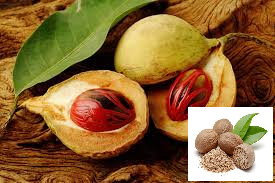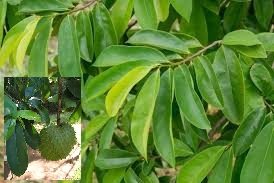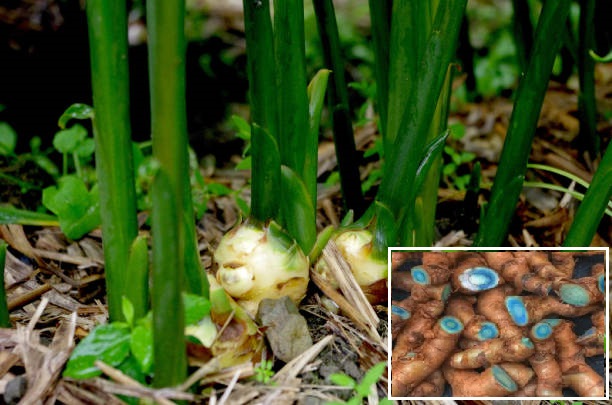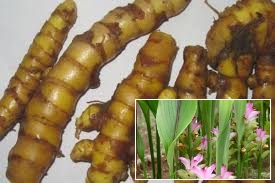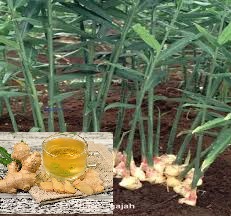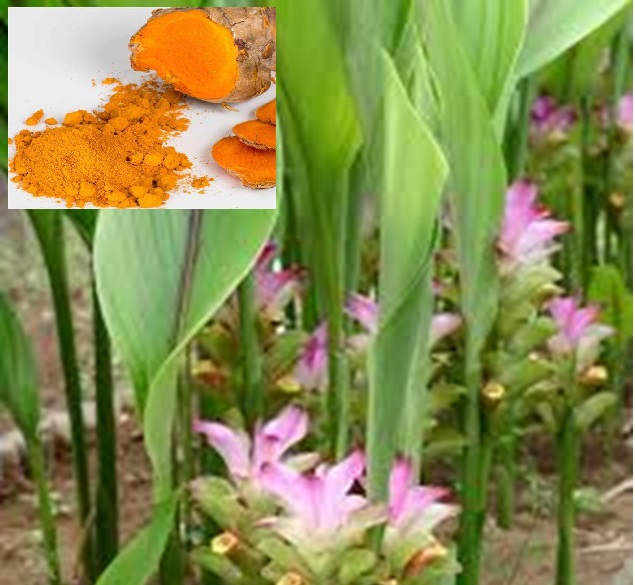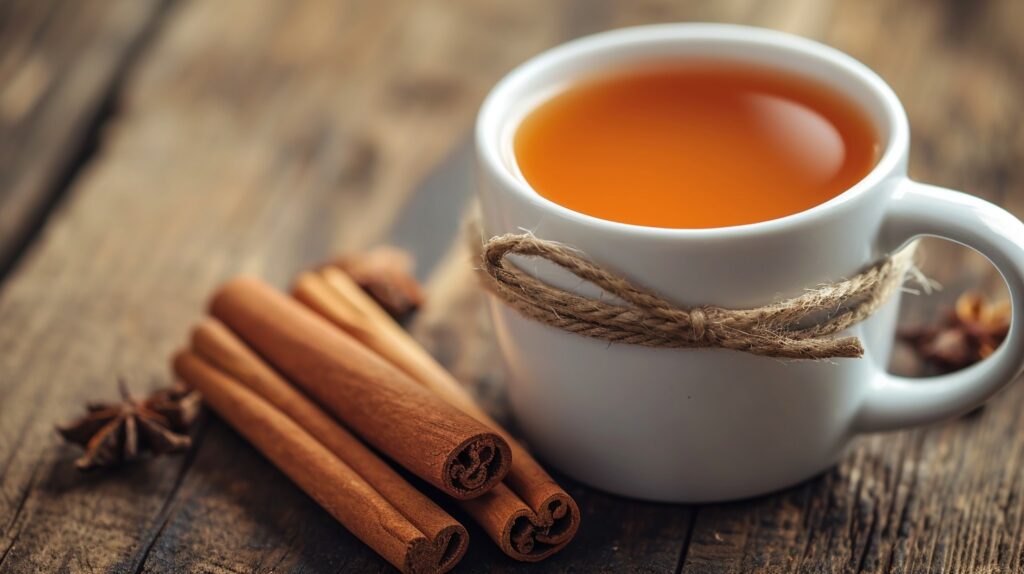Latin Name: Arenga pinnata
Plant Origin and Preferred Growing Habitat:
Buah Aren, also known as sugar palm fruit, originates from Southeast Asia, particularly Indonesia, Malaysia, and the Philippines. The sugar palm tree thrives in tropical climates with abundant rainfall and well-drained soils. It is commonly found in lowland forests, near rivers, or in cultivated areas.
General Appearance:
The sugar palm tree is a tall and robust palm, reaching up to 20–25 meters in height. It has a rough, fibrous trunk with large, feather-like fronds. The fruit, called Buah Aren, grows in large clusters. Each fruit is oval-shaped, about 4–5 cm in size, with a hard, fibrous outer shell. Inside, the fruit contains translucent, jelly-like seeds encased in a thin, brownish skin.
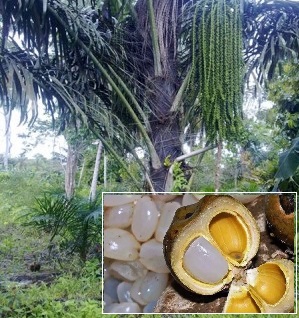
Benefits as a Herb:
Buah Aren and other parts of the Arenga pinnata tree have been used in traditional medicine and for various health purposes:
- Energy Booster: Contains natural sugars that provide quick energy.
- Detoxification: Believed to aid in cleansing the digestive system.
- Joint Health: The fruit’s gelatinous seeds are thought to support joint lubrication and reduce inflammation.
- Skin Health: Provides hydration and nourishment to the skin when consumed or used topically.
- Cough and Respiratory Relief: Traditional medicine uses the palm sap (nira) to soothe coughs and support respiratory health.
How to Process Buah Aren for Consumption as Medicine:
- Consuming Raw Seeds:
- The seeds (kolang-kaling) are typically harvested, peeled, and soaked in water to remove their natural bitterness. They can then be boiled and eaten directly or used in desserts and beverages.
- Making Infusions:
- Boil cleaned seeds in water with a bit of ginger or pandan leaves to create a refreshing drink believed to support digestion and hydration.
- Fermented Products:
- The sap (nira) of the sugar palm can be fermented to produce tuak (a traditional alcoholic beverage) or processed into vinegar for medicinal use.
- Palm Sugar Syrup:
- The sap is also boiled down into a thick syrup or sugar, which is used as a natural sweetener and believed to boost energy and strengthen the immune system.
Precautions:
- Ensure proper cleaning and preparation of Buah Aren seeds to avoid bitterness and potential allergic reactions.
- Avoid overconsumption of fermented products derived from the tree due to their alcohol content.
Buah Aren is a versatile fruit, cherished in Southeast Asia not only for its culinary uses but also for its traditional medicinal value. Its rich nutrients and easy adaptability make it a valuable addition to both food and natural remedies.

